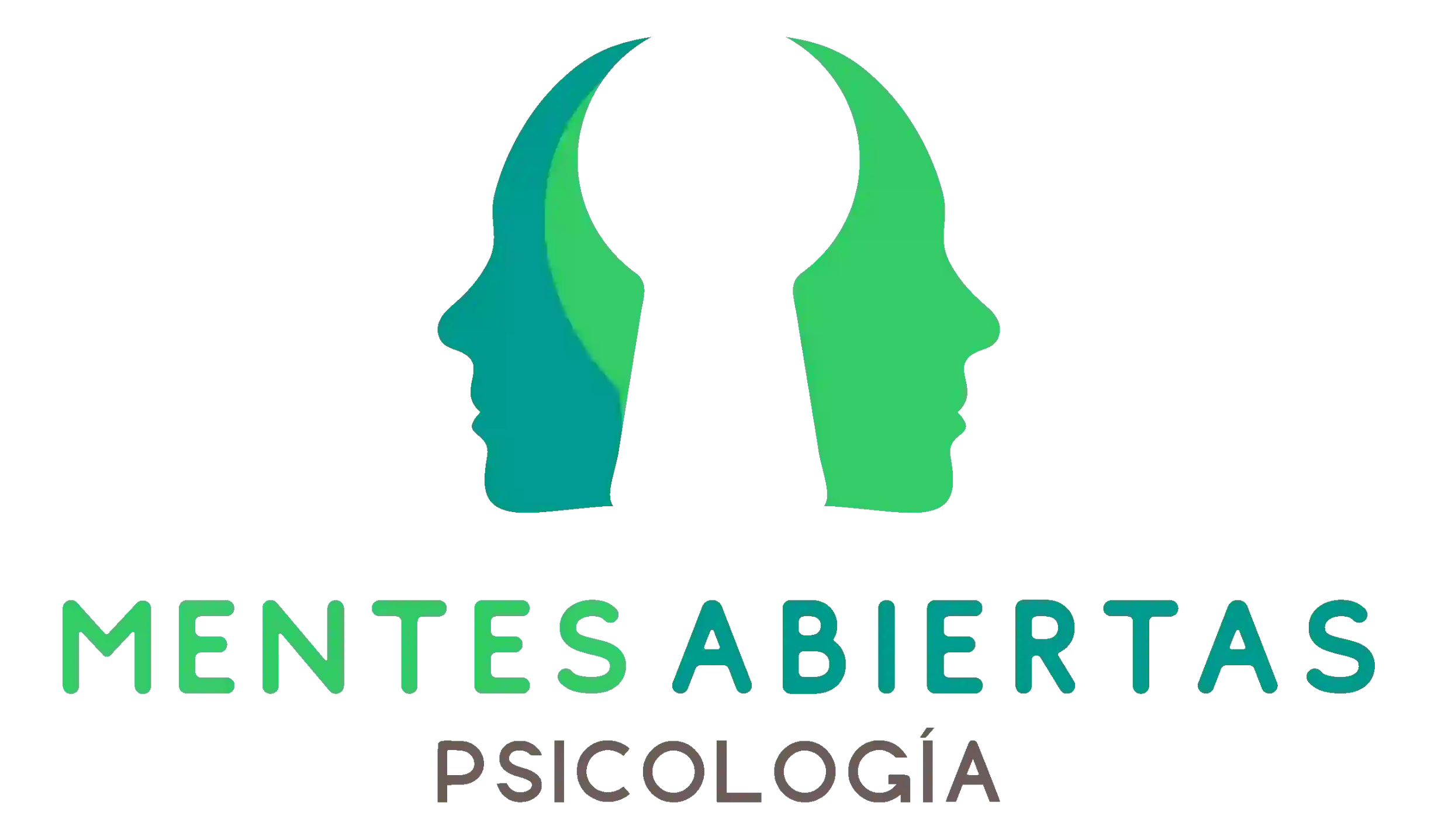Tarlov cysts, also known as perineural cysts, are sacs filled with cerebrospinal fluid that form in the nerve roots near the base of the spine. These structures can cause a variety of painful and debilitating symptoms in sufferers. In this article, we will explore the symptoms, causes, and treatment options available for Tarlov cysts.
Symptoms of Tarlov cysts
Tarlov cysts can remain asymptomatic for a long time, but in some cases, they can cause a series of symptoms that affect the quality of life of the affected person. Some of the most common symptoms include:
Low back pain
Pain in the lower back region is one of the most characteristic symptoms of Tarlov cysts. This pain can be acute or chronic and often worsens with physical activity.
Radicular pain
Radicular pain refers to a type of pain that radiates from the spine to other parts of the spine. parts of the body, such as legs or arms. This pain can be intense and stabbing, and is often described as a tingling or burning sensation.
Muscle weakness
Tarlov cysts can put pressure on nerve roots, causing It can cause muscle weakness in the affected extremities. This weakness can make mobility difficult and cause problems performing daily activities.
Urinary or fecal incontinence
In more severe cases, Tarlov cysts can compress the nerves that control the function of the bladder and intestine, which can cause urinary or fecal incontinence. This is a serious complication that requires immediate medical attention.
Causes of Tarlov cysts
The formation of Tarlov cysts can be related to a number of factors, although in many cases the exact cause remains unknown. Some possible causes of Tarlov cysts include:
Congenital malformations
It is believed that some people may be born with a genetic predisposition to develop Tarlov cysts due to congenital malformations in the nerve roots. of the spine.
Spinal trauma
Trauma to the spine, such as injuries caused by car accidents or falls, can damage nerve roots and contribute to the formation of spinal cysts. Tarlov.
Excessive muscle pressure
Chronic or repetitive pressure on the spine due to obesity, excessive weight lifting, or certain physical activities can increase the risk of developing spinal cysts. Tarlov.
Diagnosis of Tarlov cysts
Diagnosis of Tarlov cysts can be challenging, as many of the symptoms associated with this condition are similar to those of other conditions. spinal column conditions. Some tests that can help confirm the diagnosis include:
Magnetic resonance imaging (MRI)
MRI is a non-invasive test that can provide detailed images of the spine and its structures. nerves, which can help identify the presence of Tarlov cysts.
Computed tomography (CT)
CT uses x-rays to create detailed cross-sectional images of the spine, which can help doctors visualize Tarlov cysts and evaluate their size and location.
Lumbar puncture
In some cases, doctors may choose to perform a lumbar puncture to Obtain a sample of cerebrospinal fluid and analyze it for signs of infection or other abnormalities associated with Tarlov cysts.
Treatment of Tarlov cysts
Treatment of Tarlov cysts Tarlov usually focuses on relieving symptoms and preventing further complications. Some treatment options that may be considered include:
Pain medications
Analgesics and anti-inflammatories may be prescribed to help control the pain associated with Tarlov cysts. In some cases, opioids may be prescribed for severe pain, although long-term use should be closely monitored.
Physiotherapy
Physiotherapy can help strengthen the muscles around the spine, improve flexibility and relieve pressure on the nerve roots affected by Tarlov cysts.
Surgery
In severe cases or when other treatments have not been effective, surgery Surgery may be considered to drain or remove Tarlov cysts and relieve pressure on the nerve roots. However, surgery carries risks and may not be suitable for all patients.
Conclusions
In summary, Tarlov cysts are fluid-filled structures that form in the roots. nerves near the spine and can cause a variety of painful and debilitating symptoms. If you experience symptoms such as lower back pain, muscle weakness, or urinary incontinence, it is important to seek medical attention to receive an accurate diagnosis and appropriate treatment plan.
Treatment of Tarlov cysts is usually individualized and may include options such as pain medications, physical therapy, and, in some cases, surgery. It is essential to work closely with a specialized medical team to address this condition effectively and improve the quality of life of those who suffer from it.





